Rash from heat
definition
A rash is a skin disease that can be accompanied by reddening of various areas of the skin, small bumps, wheals, pustules, vesicles and similar skin changes. A doctor can determine many different forms depending on how the rash appears and looks. A rash caused by heat can be "miliaria", "hives" or "dermatitis hidrotica". "Heat pimples", "heat blisters", "sweat blisters" and "heat blisters" are also common synonyms.
Very often newborn babies have a heat rash. This skin disease is less common in adults.

causes
Cause of a MiliariaA special form of heat rash is the accumulation of heat and sweat on the surface of the body. If the body heats up, it tries To equalize the temperature by sweating. The sweat droplets reach the surface of the body through ducts of the sweat glands, where they can evaporate and cool the body in the process. Evaporation of sweat is no longer possible, especially with very tight-fitting clothing. In babies, the torso and the area that is covered by the diaper are particularly affected. Bedridden patients can just as easily develop a rash from heat on the back and buttocks. The ducts of the sweat glands clog and there is small inflammation of the skin and the typical "Heat pimples".
A less common form of heat rash is physical Hives, also "Urticaria" called. There it comes through physical stimuli such as pressure, cold, moisture or heat these skin symptoms, being next to a rash very itchy wheals form. The exact cause of this disease is not clear, it often runs chronically over years.
A skin rash is rarely caused by heat in adults; allergic or drug-related causes are much more common. A parallel between the rash and taking medication or consuming a certain food should always be ruled out before physical hives are suspected.
diagnosis
A heat rash is diagnosed by a general practitioner or dermatologist. A detailed anamnesis and an assessment of the rash itself is often enough to make a diagnosis. Especially in newborns there is a lot typical places for a rash from heat. In most cases, the affected area is covered with clothing and warmed. At this point there is often the Sweat production increased. In adults, these are hard-to-reach body folds, for example the armpit, groin, buttocks or stomach.
Since a rash can have many other causes, a medical history must be used to rule out whether there are any medication or food intolerances. To finally confirm the suspicion, the doctor may also take a skin biopsy and then examine the skin under a microscope. The individual inflammations of the sweat gland ducts can be precisely identified. As a rule, however, a superficial inspection of the rash using heat is sufficient to establish a diagnosis.
Concomitant symptoms
The symptoms that accompany a heat rash are numerous. The rash itself manifests itself in red spots a certain clearly or indistinctly demarcated area of skin. The redness and accompanying symptoms appear sudden and acute. In the Miliaria Small nodules, also known as "papules", form over the rash in a short time. The nodules continue to develop into blisters that filled with a clear or milky liquid are. This usually occurs Burning or itching on.
In the rare form of hives caused by heat, so-called reddening of the skin is formed Wheals. This is a thickening of the skin caused by an allergy-like reaction. The wheals itch badly, but regress on their own within a few days, only to reappear elsewhere.
Rash itching from heat
The rash caused by heat begins to itch within a few days. The acute reddening alone does not cause itching, but it does the following Papules or Wheals. In each case it is Fluid retention in superficial layers of the skin. The papules and wheals should not be scratched despite the itching, otherwise there is a risk of skin infection. Scratching the skin damages it and cannot guarantee its normal barrier function, which means that pathogenic germs can penetrate.
treatment
Treatment for a rash from heat is primarily causal. The affected skin area should be adequately ventilatedso that the sweat can evaporate and the heat no longer builds up under clothing. In addition, a Cooling of the skin area Provide relief for the burning sensation and itching.
Topically applied ointments can be used for a severe rash from heat. Creams containing cortisone can reduce the inflammation of the sweat glands and heal the rash. Also Antihistamines in tablet form can be used. Since sweat on the surface of the skin is often the cause, the skin area can penetrate Zinc oxide shaking mixtures additionally be kept dry until the rash subsides.
Under no circumstances should moisturizers be used when treating yourself with home remedies. In this case, these promote the rash and work contrary to zinc oxide shaking mixtures.
Heat rash on baby
Babies are prone to heat rashes due to their permanent position on their backs and the often very warm clothes and blankets. The heat builds up under the many layers of clothing and also under the diaper and causes heat pimples on the sensitive skin of the newborn. It is important to pay attention to the To let children's skin in the air as often as possible.
In babies, care must also be taken not to scratch the itchy papules so that there is no further risk of skin infection.
Localized rash from heat
face
The skin of the face is more sensitive than many other areas of the skin. Especially in summer when it is very hot and sweating, but also with high humidity in the area, heat rashes can quickly appear on the face. Here, too, the best therapy is to ensure a dry environment for the facial skin.
hands
For many people, the palms of the hands are always damp, especially in summer and at high temperatures. Stress, nervousness and tension also lead to damp palms. If a skin rash develops due to heat, we recommend using powder or drying cloths to dry your hands in between. You should also be more careful not to let your hands disappear into your trouser pockets or under gloves in winter.
Temperatures rise and performance decreases? Many workers wonder what rights they have in this situation. Read more about this under: Heat-free in the office






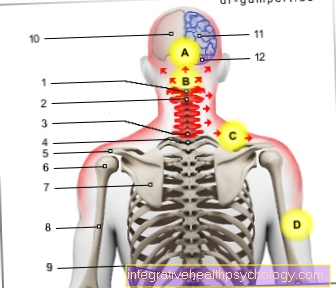

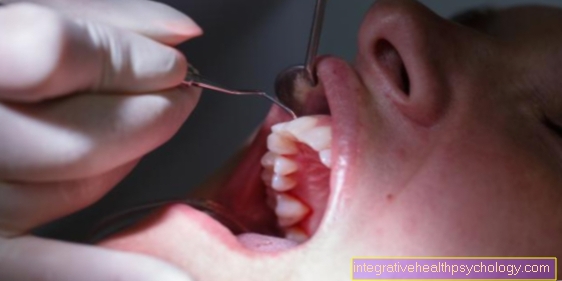
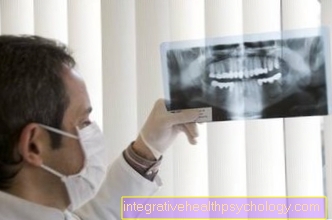
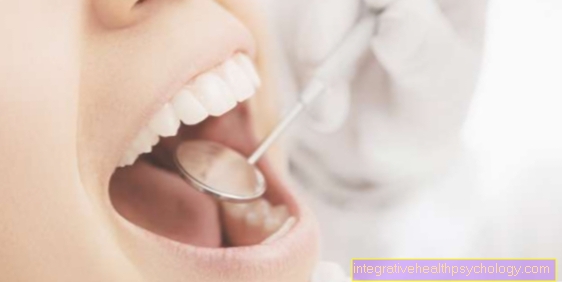
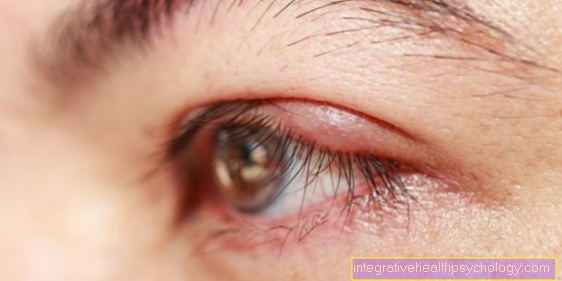
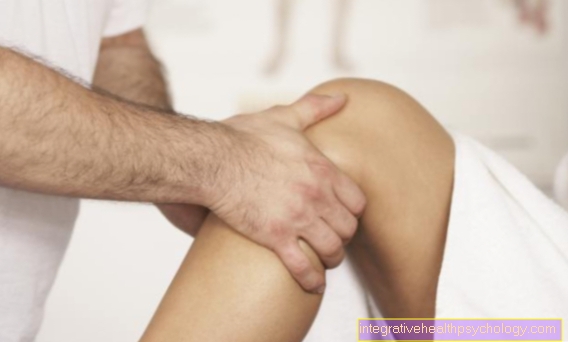
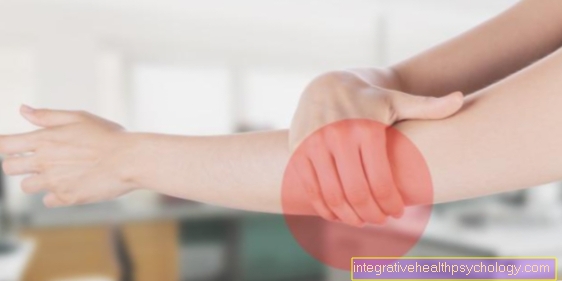
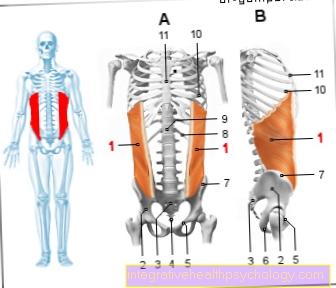
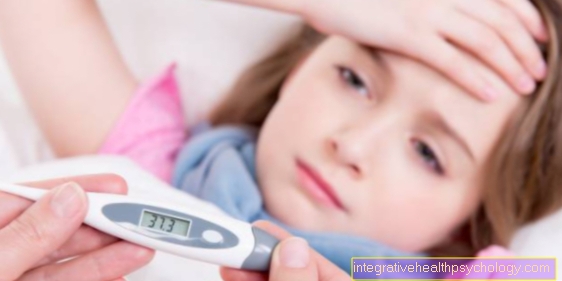

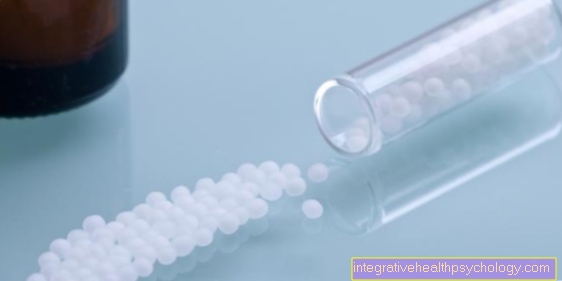


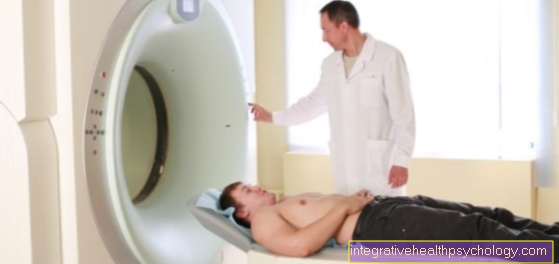



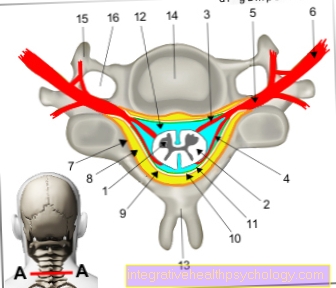
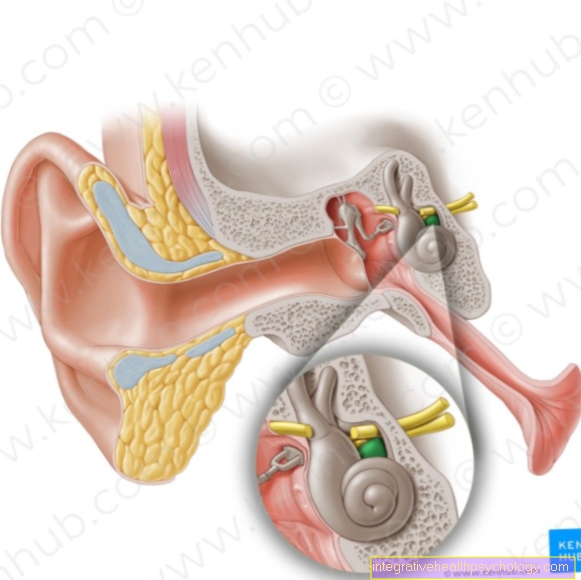



.jpg)